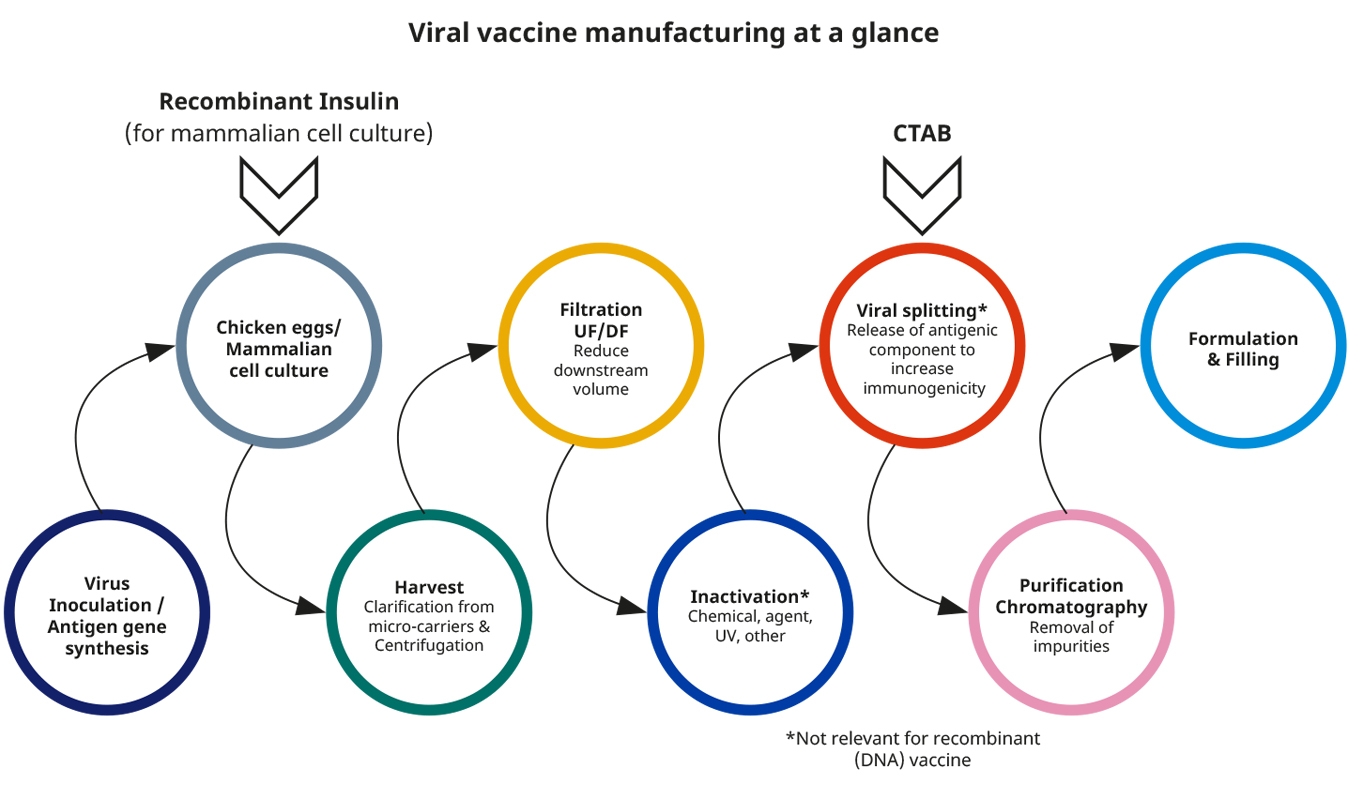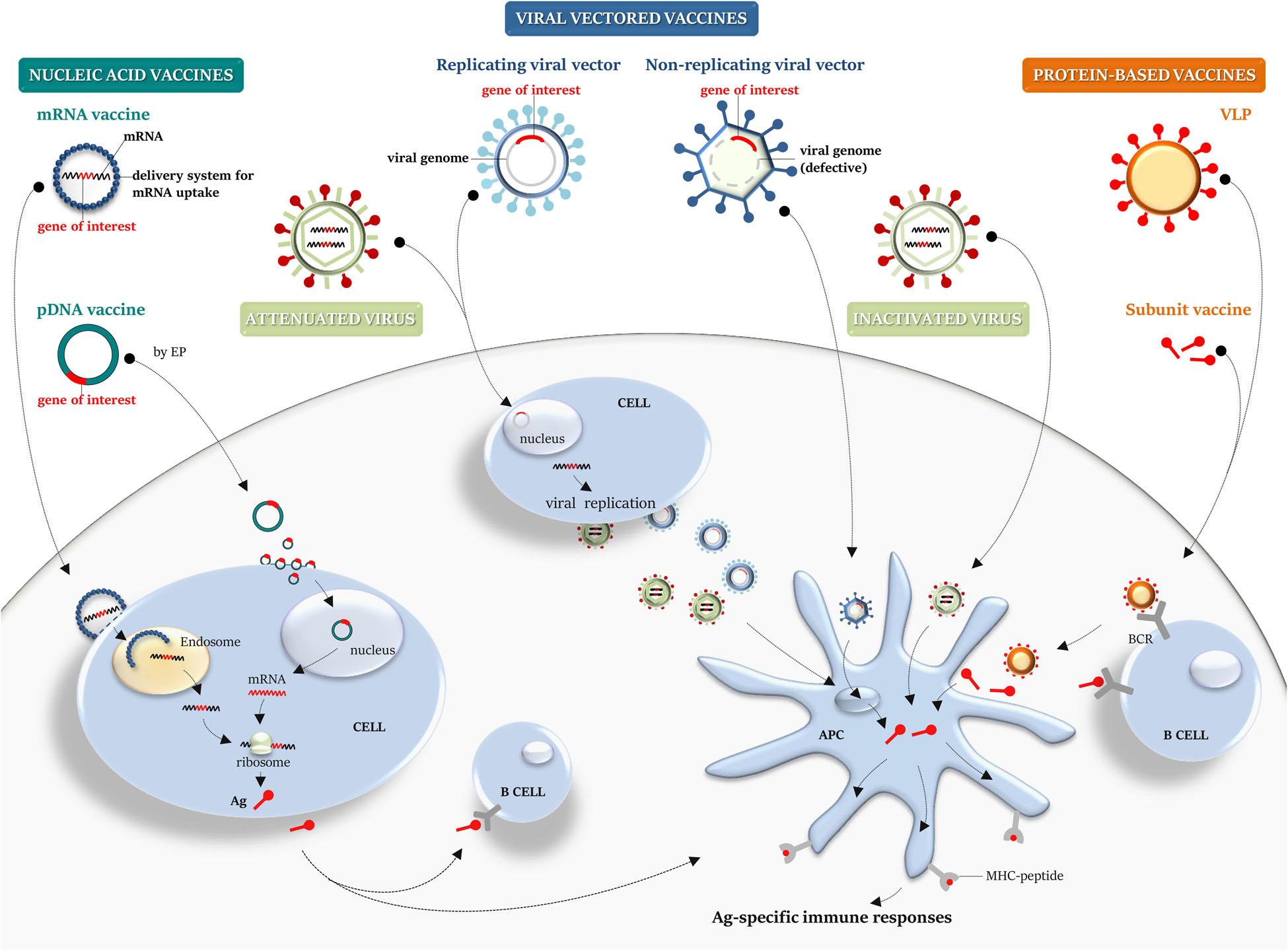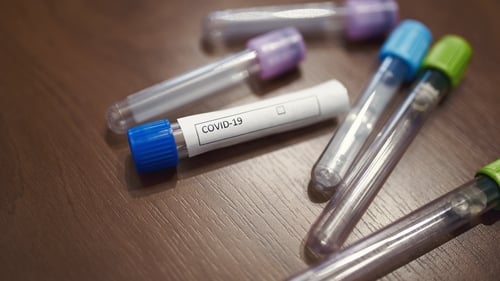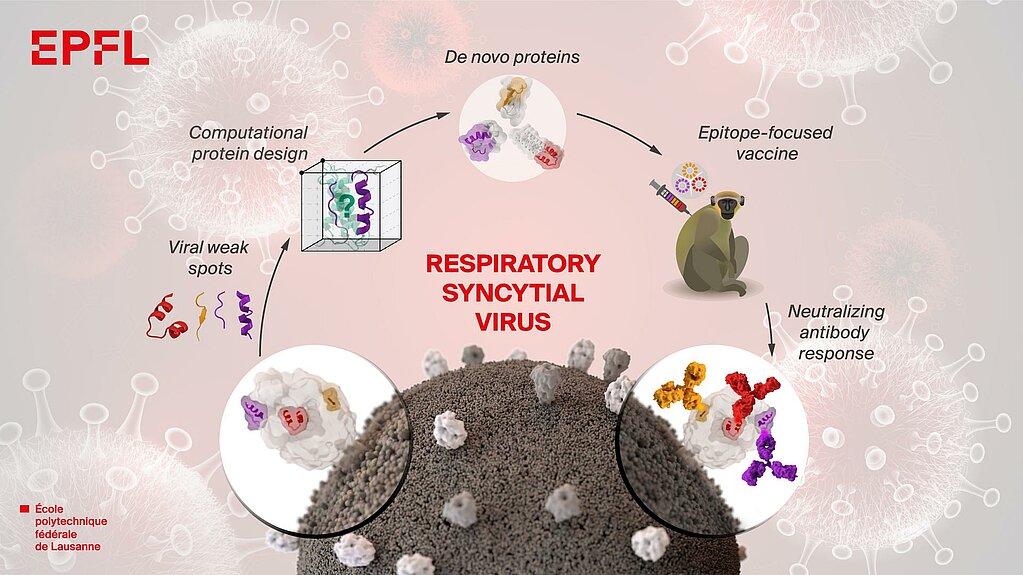
May 3 Denmark announces it will no longer use Johnson & Johnson’s vaccine, citing a risk of rare blood clots and the country’s ample supply of other vaccines. March 2 Merck will help manufacture the Johnson & Johnson vaccine.Īpril A plant in Baltimore run by Emergent BioSolutions ruined 15 million doses of the Johnson & Johnson vaccine.Īpril 13 Federal health officials call for a halt in the use of Johnson & Johnson’s vaccine, after six women develop a rare blood-clotting disorder.Īpril 23 Researchers are examining how components of the Oxford-AstraZeneca vaccine might disrupt the normal blood clotting process under certain rare conditions.Īpril 23 Use of the vaccine will resume within days in the United States, but with a warning label about the risk of rare blood-clots. 27 The Food and Drug Administration authorizes the vaccine for emergency use. The vaccine also showed efficacy against severe forms of Covid-19.įeb. 24 The vaccine had a 72 percent overall efficacy rate in the United States and 64 percent in South Africa, where a highly contagious variant called B.1.351 emerged in the fall and is now driving most cases. But the company is falling behind on its original production schedule.įeb.
#Protein in vaccine trial#
13 Johnson & Johnson expects to release trial results in as little as two weeks. The company is aiming to produce at least a billion doses this year. January, 2021 Preliminary results from the Phase 3 trial are expected in January. 17 Johnson & Johnson announces its Phase 3 trial is fully enrolled, with around 45,000 participants. 16 Johnson & Johnson announces a second Phase 3 trial to observe the effects of two doses of their vaccine, instead of just one.ĭec. 12 The company pauses its Phase 3 trial to investigate an adverse reaction in a volunteer. 8 The European Union reaches a deal to obtain 200 million doses. September Johnson & Johnson launches a Phase 3 trial. Michael Ciaglo/Getty ImagesĪugust The federal government agrees to pay Johnson & Johnson $1 billion for 100 million doses, if the vaccine is approved. Once inside, the adenovirus escapes from the bubble and travels to the nucleus, the chamber where the cell’s DNA is stored.Ī dose of the Johnson & Johnson vaccine.

The cell engulfs the virus in a bubble and pulls it inside.

As a result, the Johnson & Johnson vaccine can be refrigerated for up to three months at 36–46☏ (2–8☌).Īfter the vaccine is injected into a person’s arm, the adenoviruses bump into cells and latch onto proteins on their surface. DNA is not as fragile as RNA, and the adenovirus’s tough protein coat helps protect the genetic material inside.

Some other coronavirus vaccines are also based on adenoviruses, such as the one developed by the University of Oxford and AstraZeneca using a chimpanzee adenovirus.Īdenovirus-based vaccines for Covid-19 are more rugged than mRNA vaccines from Pfizer and Moderna. The company is also running trials on adenovirus-based vaccines for other diseases, including H.I.V.

In July, the first one was approved for general use - a vaccine for Ebola, also made by Johnson & Johnson. Johnson & Johnson’s vaccine comes out of decades of research on adenovirus-based vaccines.


 0 kommentar(er)
0 kommentar(er)
